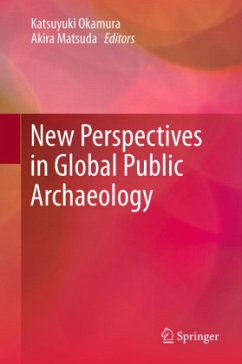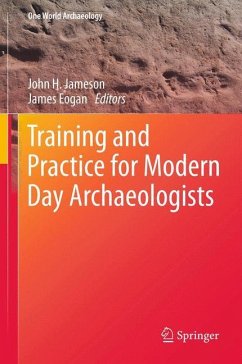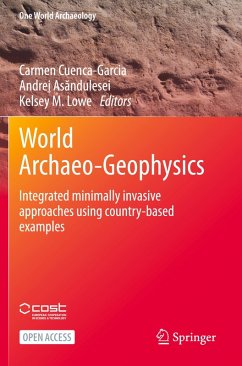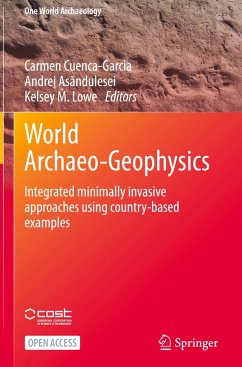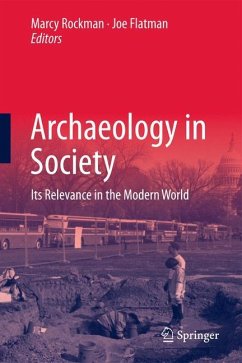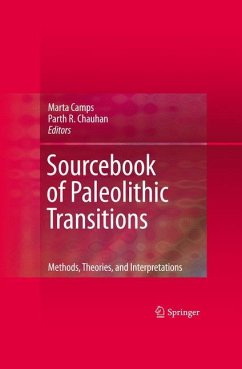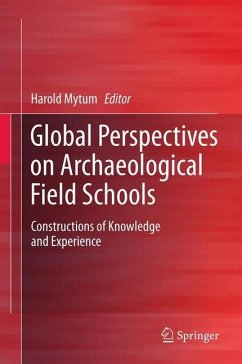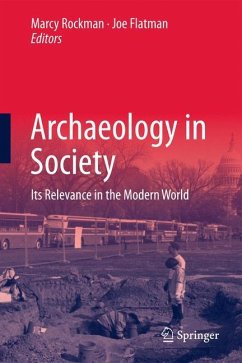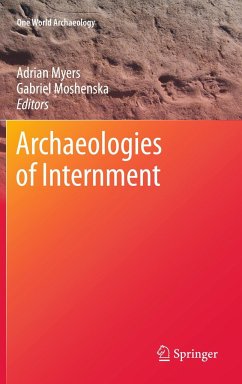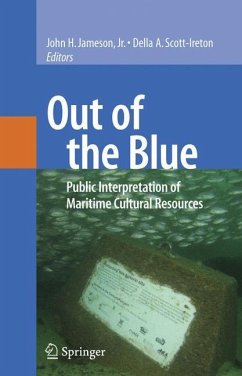
New Perspectives in Global Public Archaeology

PAYBACK Punkte
19 °P sammeln!
Since its very beginning, archaeology has in many senses always related to a much wider constituency than just archaeologists. This relationship between archaeology and the public has often been overlooked and constantly changes. Public archaeology, as a field of research and practice, has been developing since the 1970s in English-speaking countries, particularly in the United States, Britain, and Australia, and is today beginning to spread to other parts of the world. Global expansion of public archaeology comes with the recognition of the need for a careful understanding of local contexts, ...
Since its very beginning, archaeology has in many senses always related to a much wider constituency than just archaeologists. This relationship between archaeology and the public has often been overlooked and constantly changes. Public archaeology, as a field of research and practice, has been developing since the 1970s in English-speaking countries, particularly in the United States, Britain, and Australia, and is today beginning to spread to other parts of the world. Global expansion of public archaeology comes with the recognition of the need for a careful understanding of local contexts, particularly the culture and socio-political climate.
This volume critically examines the current theories and practices of public archaeology through relevant case studies from different regions throughout the world, including: Japan, China, South Korea, New Caledonia, South Africa, Senegal, Jordon, Italy, Peru, Canada, the United Kingdom, the United States, and Australia. These case studies are examined from a wide variety of theoretical contexts, to provide a thorough and comprehensive guide to the state of public archaeology today, as well as implications for its future.
As the theory and practice of public archaeology continues to change and grow, archaeology's relationship with the broader community needs to be critically and openly examined. The contributions in this wide-ranging work are a key source of information for anyone practicing or studying archaeology in a public context.
This volume critically examines the current theories and practices of public archaeology through relevant case studies from different regions throughout the world, including: Japan, China, South Korea, New Caledonia, South Africa, Senegal, Jordon, Italy, Peru, Canada, the United Kingdom, the United States, and Australia. These case studies are examined from a wide variety of theoretical contexts, to provide a thorough and comprehensive guide to the state of public archaeology today, as well as implications for its future.
As the theory and practice of public archaeology continues to change and grow, archaeology's relationship with the broader community needs to be critically and openly examined. The contributions in this wide-ranging work are a key source of information for anyone practicing or studying archaeology in a public context.





